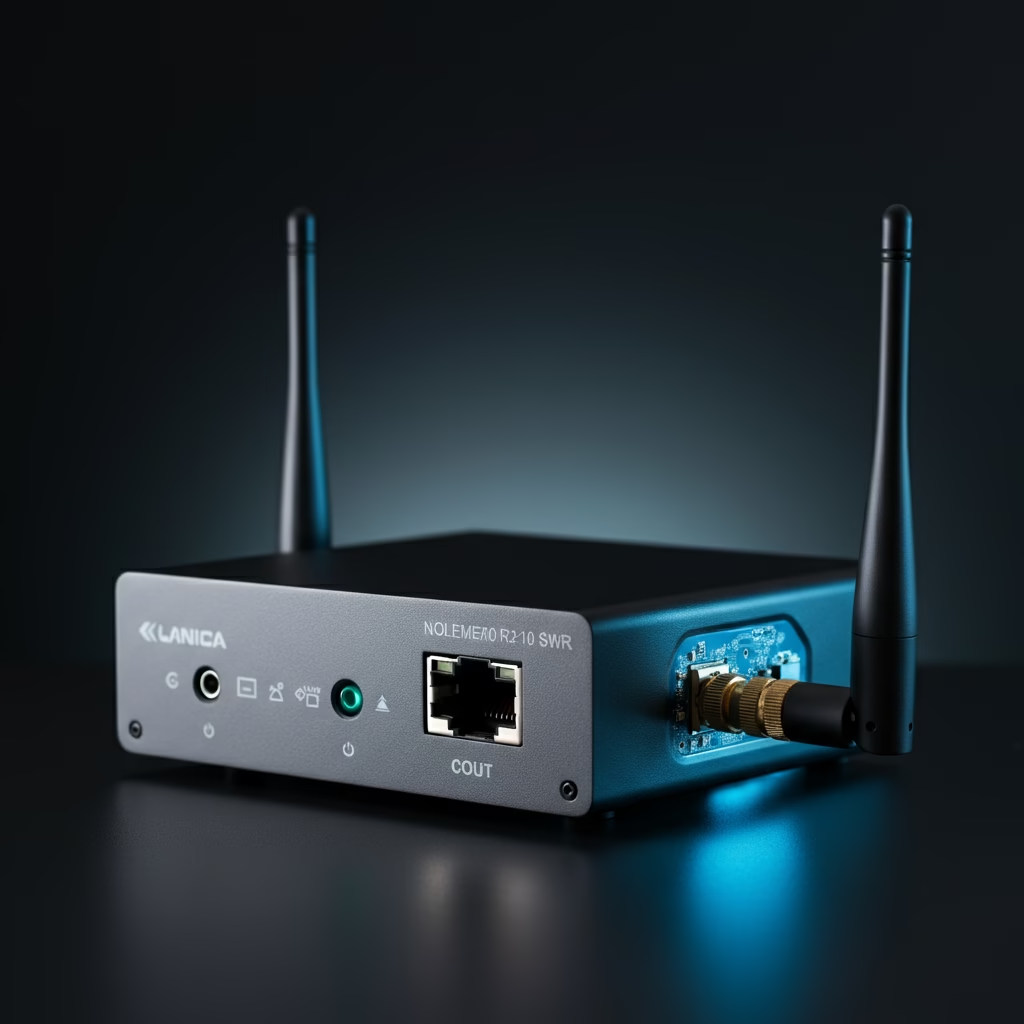In the world of open-source firmware and DIY network projects, OpenWRT has long been a powerful ally for those seeking full control over their routers and embedded systems. But as hardware evolves and enthusiasts seek affordable, powerful platforms, new solutions have emerged—among them, the openwrt_s905d_n1 firmware build.
You may have seen the term floating around GitHub repositories, forums, or tech blogs, often attached to TV boxes and low-cost mini PCs. But what exactly is openwrt_s905d_n1? Why is it gaining popularity? And how can you, as a beginner, get started with it?
This guide walks you through the basics of openwrt_s905d_n1, its use cases, benefits, and how to start experimenting with it—even if you’re completely new to the OpenWRT ecosystem.
Understanding the Basics
What is OpenWRT?
OpenWRT (Open Wireless Router) is a Linux-based, community-driven open-source firmware project. Unlike stock router firmware that comes pre-installed, OpenWRT gives you full control of your device, letting you customize features, install packages, optimize performance, and even run custom software. Think of it as replacing the factory settings of your network device with a customizable operating system—similar to replacing Windows with Linux on a PC.
What Does “s905d_n1” Mean?
Now, let’s break down s905d_n1:
-
S905D: This refers to the Amlogic S905D chipset, a quad-core ARM Cortex-A53 processor typically found in budget Android TV boxes. Known for its power efficiency and decent performance, it’s an ideal candidate for running lightweight Linux-based systems like OpenWRT.
-
N1: This is a codename often associated with China-made TV boxes or development boards (like the Phicomm N1), which use the S905D chipset. These devices, although originally intended for multimedia playback, can be repurposed as network devices due to their LAN ports, USB ports, and good performance per watt.
So, openwrt_s905d_n1 refers to a customized OpenWRT firmware build optimized to run on Amlogic S905D-based devices like the Phicomm N1.
Why Use openwrt_s905d_n1?
1. Repurpose Old Hardware
If you have a Phicomm N1, an Amlogic TV box, or a similar device lying around, you can repurpose it as a powerful router, firewall, VPN server, ad-blocking DNS, or file server. Instead of letting it gather dust, openwrt_s905d_n1 gives your hardware a new purpose.
2. Cost-Effective Network Solutions
Dedicated routers with OpenWRT support can be expensive. Using openwrt_s905d_n1 on an inexpensive S905D box gives you router-class performance at a fraction of the cost.
3. Advanced Networking Features
With OpenWRT, you unlock enterprise-grade features like:
-
VLAN support
-
WireGuard and OpenVPN
-
SQM (Smart Queue Management) for bufferbloat control
-
AdGuard Home or Pi-hole for DNS-based ad blocking
-
Package installation from OpenWRT repositories
4. Low Power Consumption
S905D-based devices are incredibly energy-efficient. You can run a small home server, firewall, or network appliance 24/7 with minimal electricity cost.
Supported Devices
The openwrt_s905d_n1 firmware is typically designed for Amlogic S905D devices with at least:
-
1 GB RAM
-
eMMC or microSD storage
-
Ethernet port
-
USB ports
Popular models include:
-
Phicomm N1
-
Beelink GT1 (select variants)
-
Khadas VIM1/VIM2
-
Other Amlogic S905D-based Android TV boxes (with proper DTB support)
Always confirm device compatibility before flashing any firmware.
How It Works Image Deployment
Most openwrt_s905d_n1 deployments follow a similar procedure:
-
Download the Correct Firmware Image
Firmware images are usually available as.img.gzor.imgfiles from developers on GitHub or forums like OpenWRT, Armbian, or Koolshare. -
Flash the Image
Use tools like Balena Etcher or Win32DiskImager to burn the image to a microSD card or USB stick. -
Insert Media & Boot the Device
Plug the storage device into the box and boot it using a recovery or u-boot override method. Sometimes you need to short certain pins or use a specific button combination. -
Access OpenWRT via LuCI or SSH
Once booted, access the LuCI web interface at a default IP like192.168.1.1or via SSH (root@192.168.1.1). From there, configure networking, install packages, and set up your services.
Note: Some builds support installing to internal eMMC, while others boot entirely from SD/USB.
Beginner Use Cases for openwrt_s905d_n1
If you’re just getting started, here are some cool projects you can try:
1. DIY Smart Router
Configure the box as a second router in your network. Enable features like:
-
Guest Wi-Fi
-
Firewall segmentation
-
SQM bufferbloat reduction
-
IPv6 and DNS over HTTPS
2. VPN Gateway
Use openwrt_s905d_n1 to create a dedicated VPN gateway using WireGuard or OpenVPN. All devices on your network can route traffic securely through this box.
3. Ad-Blocking DNS Server
Install AdGuard Home or dnsmasq to create a network-wide ad blocker. Enjoy a faster, cleaner browsing experience without browser-based extensions.
4. NAS or Media Server
With a USB hard drive, your device can function as a basic NAS, DLNA, or FTP server using packages like samba, minidlna, or vsftpd.
5. Network Monitoring
Track your network’s traffic using tools like iftop, vnstat, or even lightweight UIs like LuCI-statistics.
Tips for First-Time Users
-
Backup your device before attempting any flash or boot override. Flashing incorrectly can brick your box.
-
Always use the correct DTB (Device Tree Blob). Using the wrong DTB can result in missing Ethernet or USB support.
-
Join the community. Forums like OpenWRT, Armbian, or Telegram groups dedicated to Phicomm N1 often share updated builds and support.
-
Check thermal limits. S905D devices can heat up. Adding a heatsink or improving airflow helps during long-term use.
-
Keep firmware updated to benefit from bug fixes and new features.
Common Challenges and How to Overcome Them
1. Boot Failure
-
Try a different USB port or SD card.
-
Confirm that your DTB file matches the hardware.
-
Verify image integrity using checksums.
2. Ethernet Not Working
-
This is usually due to a DTB mismatch.
-
Look for device-specific images or edit boot parameters.
3. Wi-Fi Missing
Most S905D boxes lack proper Wi-Fi drivers in OpenWRT. It’s often better to use USB Wi-Fi dongles or Ethernet for reliability.
Final Thoughts
openwrt_s905d_n1 represents the best of both worlds: the flexibility and control of OpenWRT combined with the power and affordability of Amlogic-based TV boxes. For beginners and enthusiasts alike, it offers a low-cost entry into advanced networking projects—turning old hardware into robust, secure, and customizable devices.
Whether you’re building a mini home server, a secure VPN tunnel, or just learning how Linux-based routers work, openwrt_s905d_n1 is a powerful, practical, and rewarding place to start.


